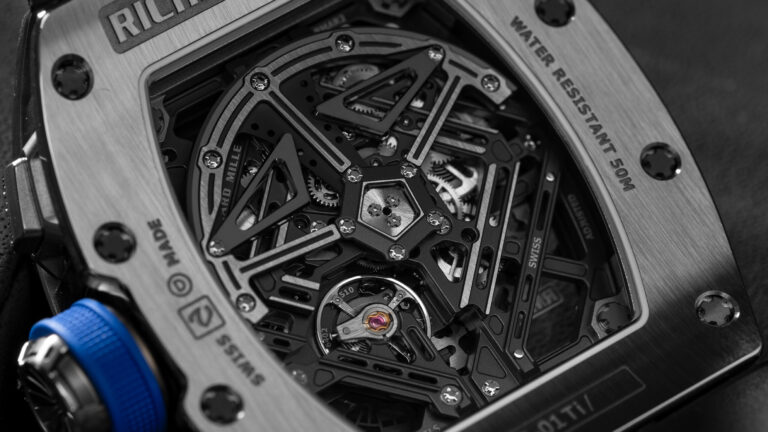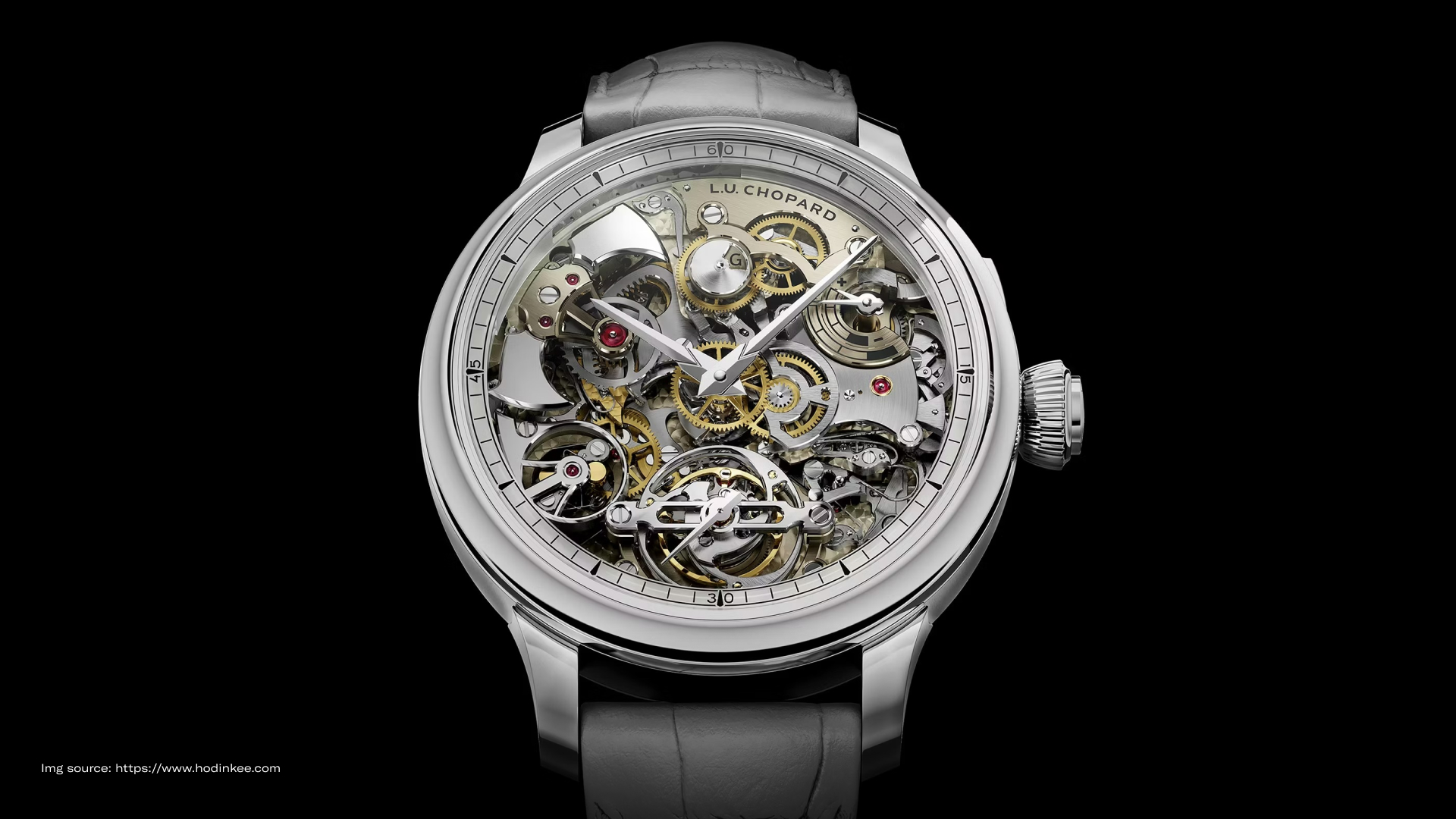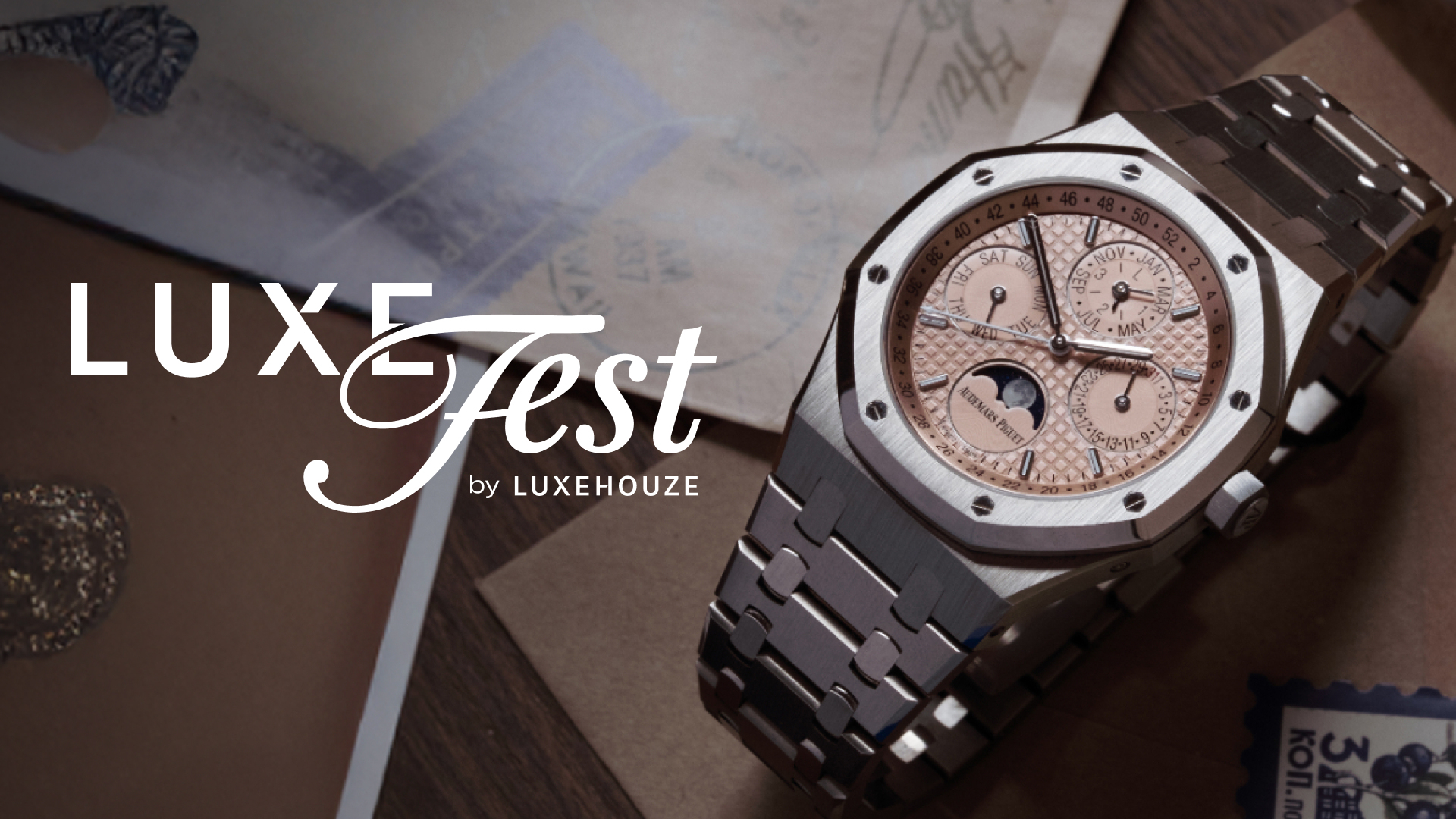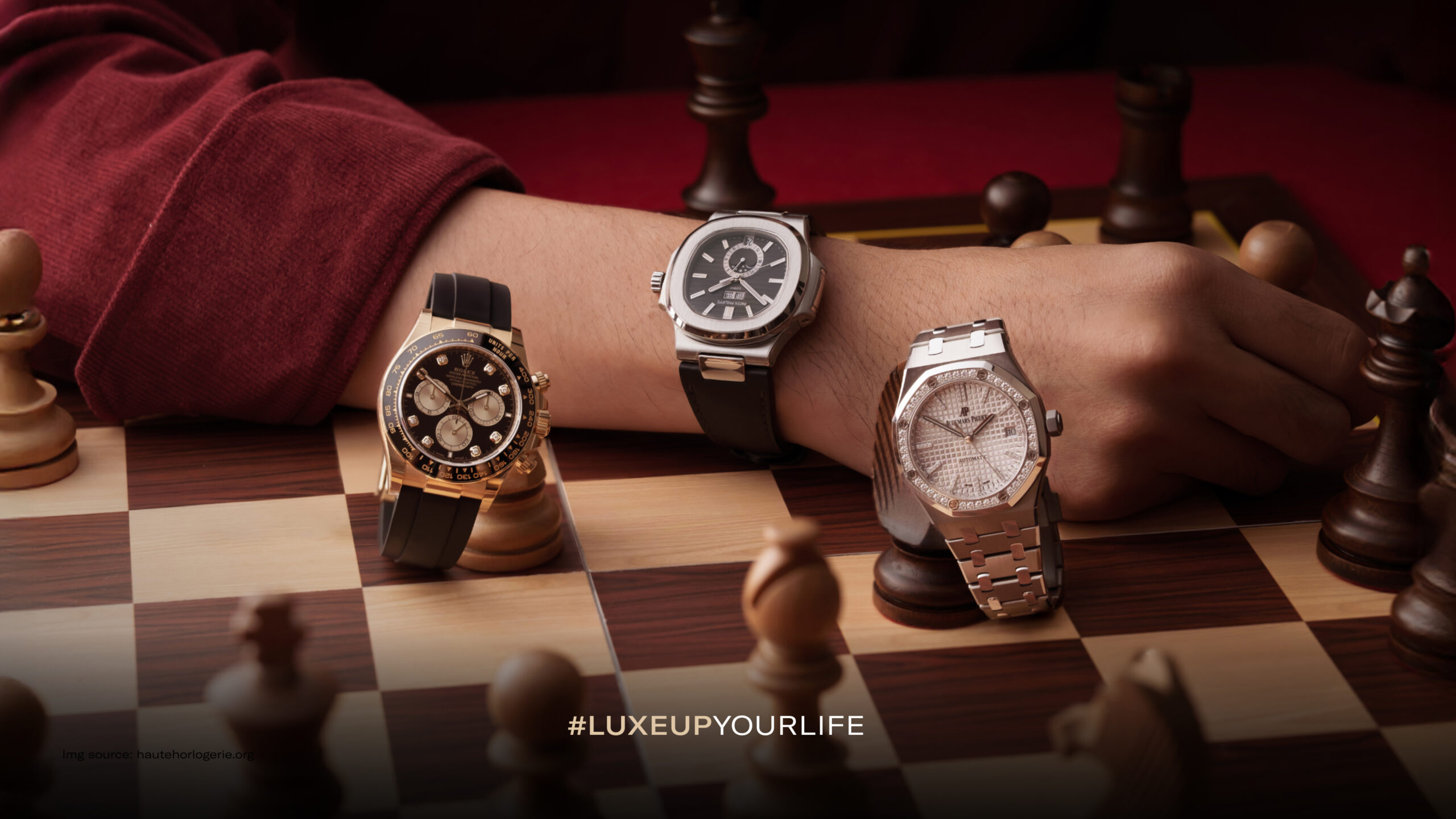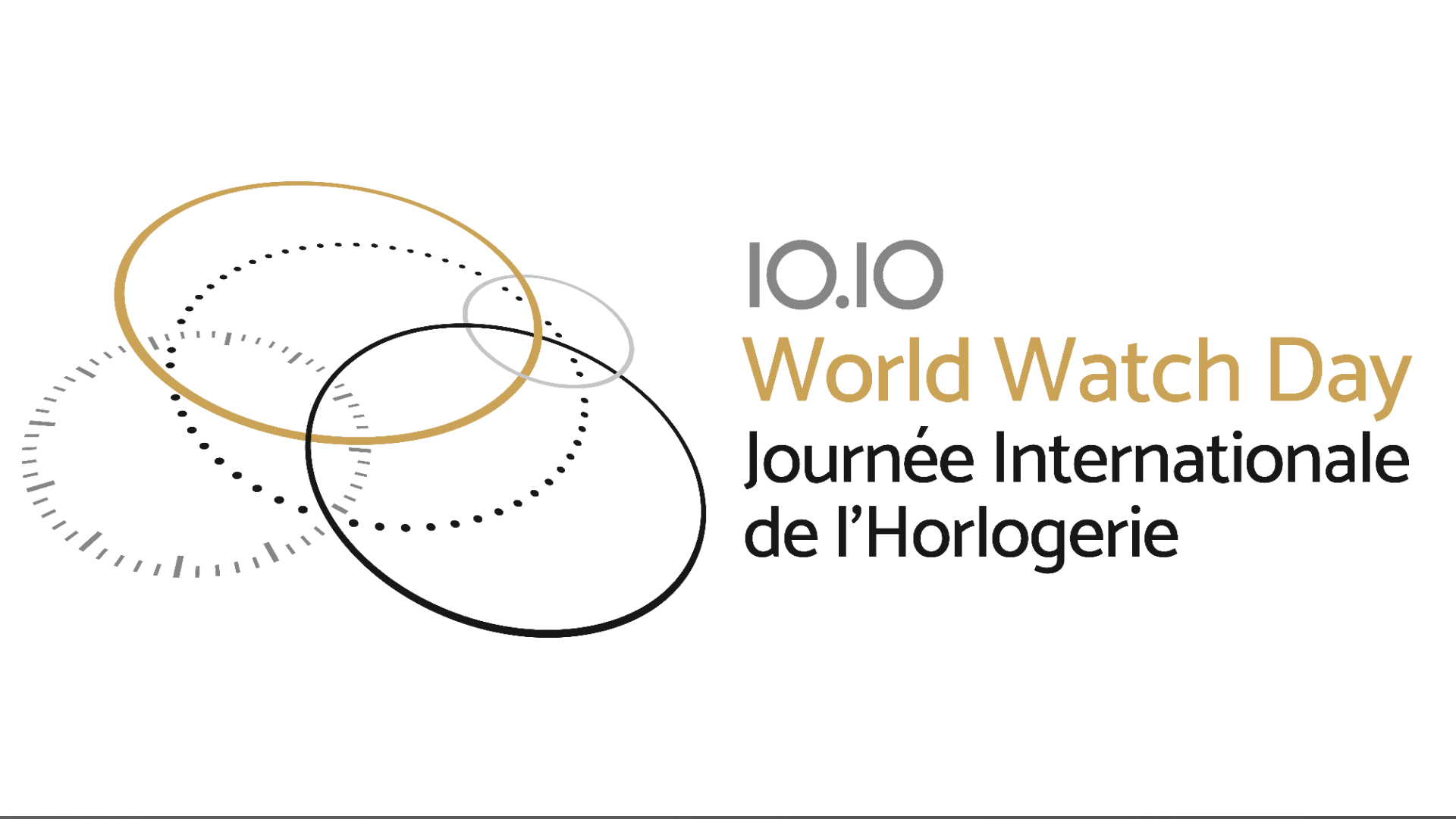Wristwatches transcend mere accessories. They are highly functional timepieces, each composed of numerous integral components. For new collectors, the multitude of watch components may seem perplexing.
However, every element serves a distinct purpose and is easily understandable once its functionalities are grasped. To delve deeper into the intricacies of each component, let’s explore the following insights.
Table of Contents
ToggleTop 10 Crucial Components of a Watch
A watch comprises the watch head, strap, and movement. Within each segment lies many additional components, each distinguished by unique characteristics and functions. Here are the 10 pivotal parts of a watch:
1. Dial
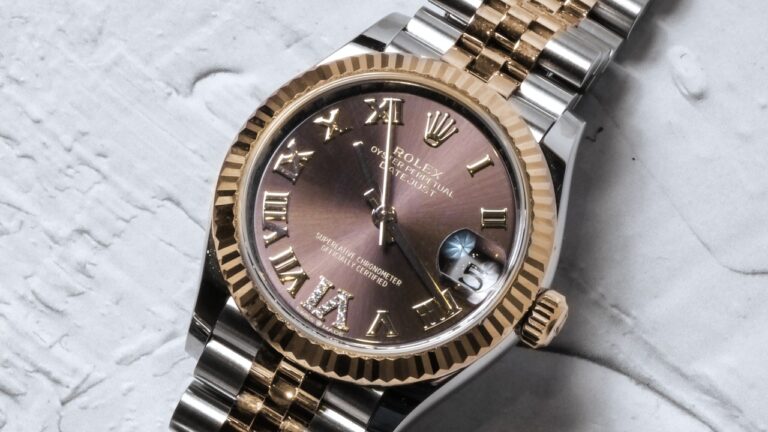
The dial serves as the face of a watch. Its primary function is to display the time. In analog watches, the dial shows hour and minute indicators, complemented by rotating hour hands tracking the passage of time. Meanwhile, digital watches feature a screen displaying numerical time.
Furthermore, a dial often incorporates subdials, housing additional functionalities such as chronographs, calendars, seconds indicators, and power reserves.
Read more: Top 5 Best Green Dial Watches for Every Style
2. Case
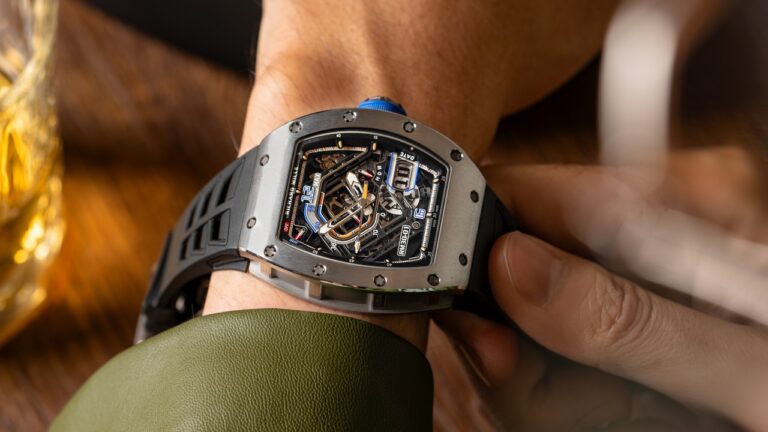
Cases safeguard the watch mechanism while ensuring a snug fit around the wrist. Additionally, the case contributes to the aesthetic appeal of the timepiece, often serving as a distinctive hallmark alongside the dial.
Cases come in diverse colors and shapes, with some crafted transparent to showcase the inner workings—a style known as skeletonized.
Components constituting the case include the case back and lugs. The case back, as the name suggests, covers the rear of the watch head, in direct contact with the wrist. It typically features vital information such as brand details, features, and origin.
Lugs, on the other hand, serve as connectors between the strap or bracelet and the case. Always paired, right and left, lugs possess apertures for attaching spring bars, facilitating the secure attachment of the strap to the case.
3. Crystal
The crystal, or glass, serves as the protective covering over the dial of a watch. Various materials can be used for crafting the crystal, such as sapphire. Sapphire crystal, known for its premium quality, is predominantly found in luxury timepieces.
In addition to sapphire, alternative options for this component include mineral glass, prized for its scratch-resistant and shatter-resistant properties, commonly found in watches across the spectrum. Acrylic is another material used in less expensive watches.
4. Bezel
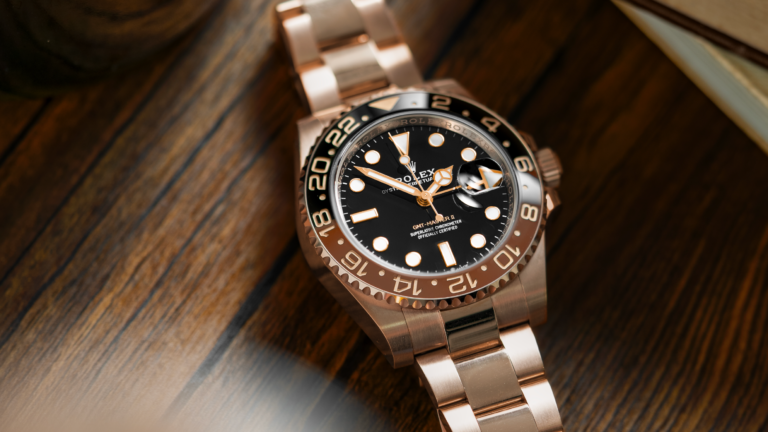
A bezel is a ring-shaped frame encircling the crystal or glass. Despite being a frame, a bezel carries its functionality, often marked with numerical indicators. These numbers correspond to various scales, serving different purposes.
For instance, a tachymeter bezel measures units per incremental time, commonly used to track speed in miles per hour in racing watches, such as those in the Rolex Daytona series.
There are also pulsemeter bezels, calibrated specifically for measuring heart rate, often dubbed “medical watches,” alongside various other types.
Undoubtedly, this complexity and sophistication add intrinsic value to luxury timepieces. Bezels also enhance the aesthetic appeal of watches, lending them a more stylish and elegant demeanor.
5. Crown
The crown, also known as the knob, can be considered the control center. Located at the edge of the watch head, this component can be rotated to adjust the time.
However, the functionality of the crown varies depending on the type of watch. For instance, in mechanical watches, the crown serves as the energy source to drive the timepiece. You can also turn the crown to set the date.
In luxury watches, the crown is often adorned with precious materials to enhance its appearance and imbue a sense of luxury, such as gold.
6. Pusher
A pusher is another term for the buttons on a watch. Typically, there are two pushers on the side of the watch head, positioned adjacent to the crown.
Similar to the crown, pushers are buttons used to control specific functions, whether it’s setting a stopwatch, adjusting movements, the month, and so forth, depending on the features of the watch.
It’s crucial not to confuse the crown with pushers because their functions differ. Pushers serve as buttons to adjust various additional functions of the watch.
7. Strap
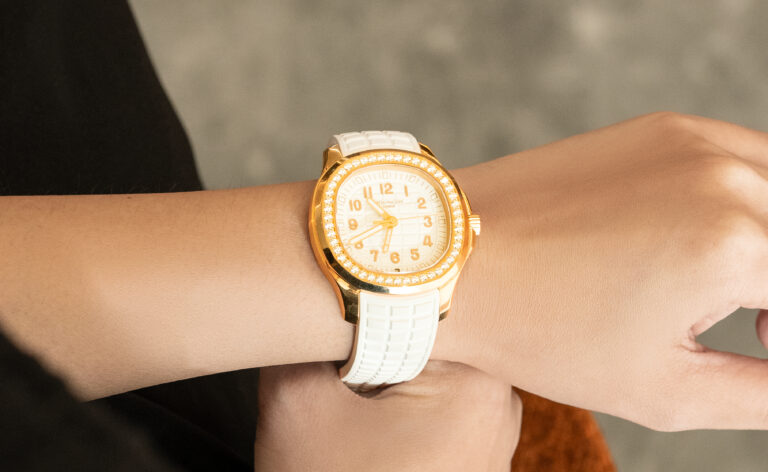
The strap, or watch band, is a vital component responsible for securing the watch around the wrist. Equipped with a buckle or clasp, the strap allows for adjustment to fit various wrist sizes.
Straps can be crafted from materials such as rubber, leather, fabric, stainless steel, and more. Additionally, they come in a variety of colors.
The type and color of the strap indirectly dictate the style of your overall appearance. For example, opting for a rubber strap lends a more casual and sporty look.
Furthermore, there are bracelet-style straps, consisting of interlocking chains. Bracelets are typically made from stainless steel or other metals, exuding a shiny and elegant allure.
Read more: 12 Types Of Stylish And Elegant Watch Straps
8. Buckle
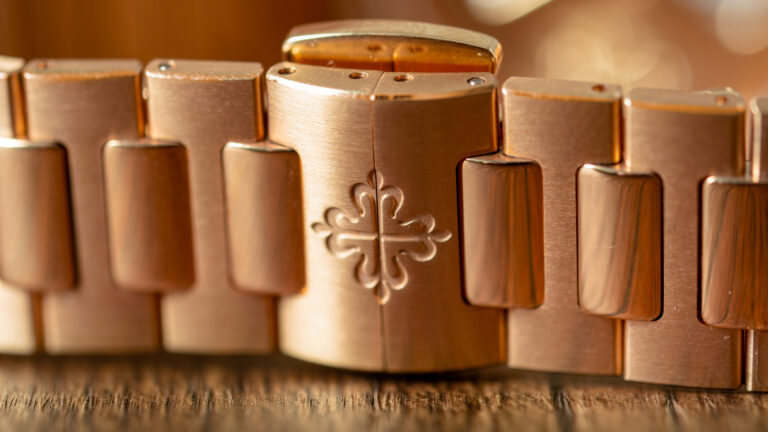
The buckle, also known as the clasp or fastener, serves as the securing mechanism for the watch strap, ensuring a firm grip on the wrist and preventing accidental detachment.
There are various types of buckles based on their designs, such as the butterfly clasp resembling a butterfly, the folding clasp commonly found in bracelet-style straps, the pin buckles akin to a belt buckle, and many more.
Read more: Exploring the 7 Common Types of Watch Clasps
9. Jewel
Jewels, often in the form of rubies or small sapphires, function to minimize friction within the watch mechanism.
These jewel components are intricately placed within the inner workings of the watch, aiding in maintaining precise timekeeping and preventing wear and tear on the watch components, thereby enhancing the longevity of the timepiece.
10. Movement
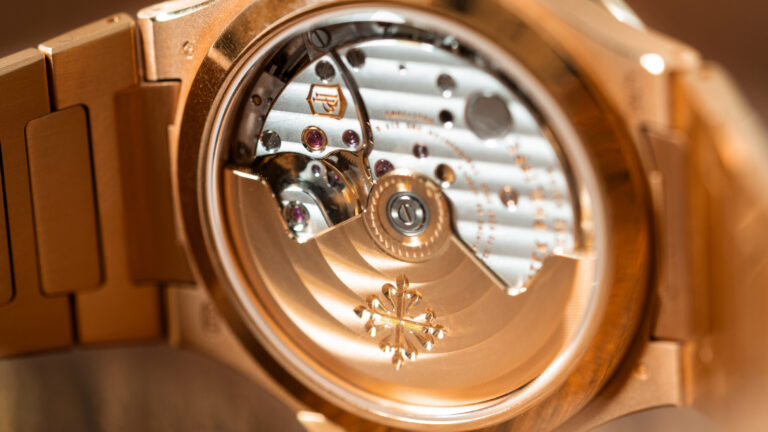
A timepiece would be rendered inert without this critical component. The watch movement is the mechanical heart that facilitates timekeeping and numerous other functions.
Movement enables the motion of the watch hands through components such as the hairspring, gears, and balance wheel. Additionally, the mainspring stores energy to power the watch, while the balance wheel and balance spring regulate timekeeping with precision.
Those are the essential components of a watch and their comprehensive functions. For those interested in acquiring a timepiece, it’s imperative to familiarize yourself with these components beforehand.
If you’re in search of high-quality, original luxury watches, Luxehouze offers an extensive collection. Luxehouze boasts a wide array of luxury timepieces from various esteemed brands, all guaranteed to be 100% authentic and available at the best prices. So, whatever watch has caught your eye, you can find it at Luxehouze!
